Government Policies and Incentives
The Solar Microinverter And Power Optimizer Market is significantly shaped by government policies and incentives aimed at promoting renewable energy adoption. Various countries have implemented favorable regulations, tax credits, and rebates to encourage the installation of solar energy systems. These initiatives often include specific provisions for technologies like microinverters and power optimizers, which enhance system efficiency. For example, some regions offer financial incentives for homeowners who choose to install solar systems with advanced technologies. Such policies not only lower the initial investment barrier but also stimulate market growth by increasing consumer awareness and acceptance of solar energy solutions. As governments continue to prioritize sustainability, the support for microinverters and power optimizers is likely to remain strong.
Rising Energy Costs and Economic Factors
The Solar Microinverter And Power Optimizer Market is influenced by rising energy costs, which compel consumers and businesses to seek alternative energy solutions. As traditional energy prices continue to escalate, the financial viability of solar energy becomes increasingly attractive. Microinverters and power optimizers contribute to this economic shift by maximizing energy production and reducing overall electricity bills. Recent analyses suggest that homeowners can achieve significant savings on their energy expenses by investing in solar systems equipped with these technologies. Furthermore, as energy prices are projected to rise, the return on investment for solar installations is likely to improve, making microinverters and power optimizers more appealing to a broader audience. This economic pressure may drive further growth in the market.
Environmental Awareness and Sustainability Trends
The Solar Microinverter And Power Optimizer Market is benefiting from a growing awareness of environmental issues and a shift towards sustainability. Consumers are increasingly motivated to reduce their carbon footprint and contribute to a cleaner environment. This heightened environmental consciousness is driving the demand for renewable energy solutions, including solar power systems equipped with microinverters and power optimizers. Recent surveys indicate that a significant portion of the population is willing to invest in solar technology as a means of supporting sustainable practices. As this trend continues, the market for microinverters and power optimizers is expected to expand, as these technologies align with the values of environmentally conscious consumers. The emphasis on sustainability may further encourage innovation and investment in the solar sector.
Technological Advancements in Solar Microinverters
The Solar Microinverter And Power Optimizer Market is experiencing rapid technological advancements that enhance efficiency and performance. Innovations such as improved energy conversion rates and enhanced grid compatibility are becoming increasingly prevalent. For instance, the latest microinverters can achieve conversion efficiencies exceeding 95%, which is a notable improvement over previous generations. These advancements not only optimize energy output but also facilitate better monitoring and management of solar energy systems. As technology continues to evolve, the integration of smart features, such as real-time data analytics and remote diagnostics, is likely to become standard. This trend may drive further adoption of microinverters and power optimizers, as consumers and businesses seek to maximize their return on investment in solar energy systems.
Increasing Adoption of Distributed Energy Resources
The Solar Microinverter And Power Optimizer Market is witnessing a notable shift towards distributed energy resources (DERs). This trend is characterized by the growing installation of solar panels in residential and commercial settings, where microinverters and power optimizers play a crucial role. According to recent data, the share of residential solar installations utilizing microinverters has risen significantly, indicating a preference for decentralized energy generation. This shift is driven by the desire for energy independence and resilience against grid outages. As more consumers recognize the benefits of DERs, the demand for microinverters and power optimizers is expected to increase, further propelling the market forward. The ability of these technologies to enhance system performance and reliability makes them indispensable in the evolving energy landscape.


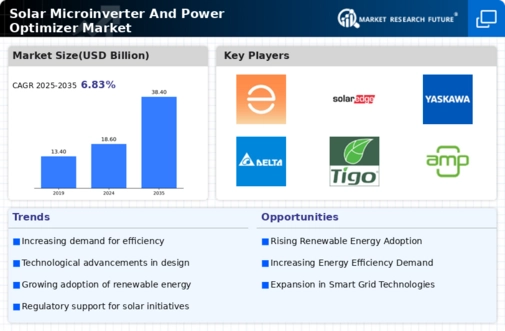


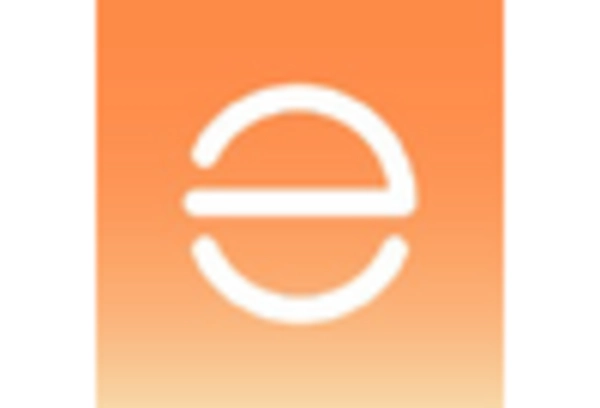
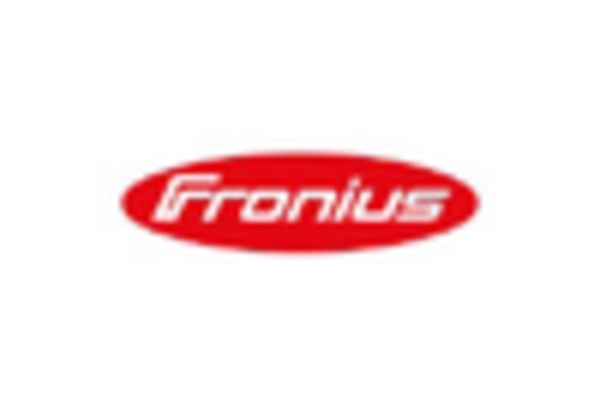
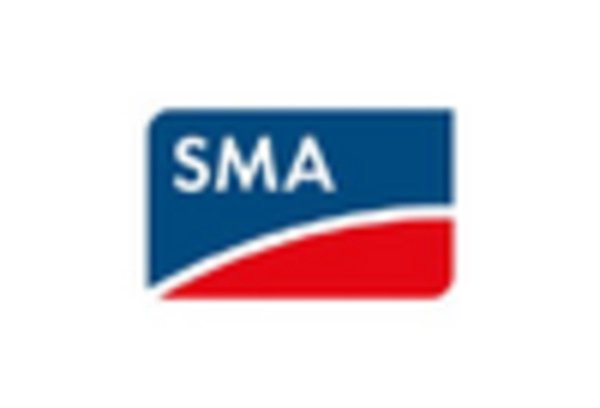
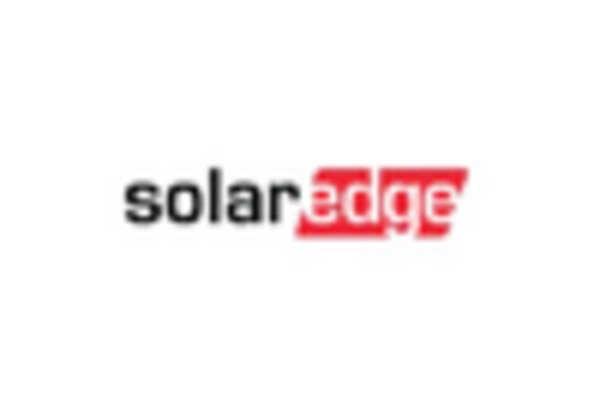
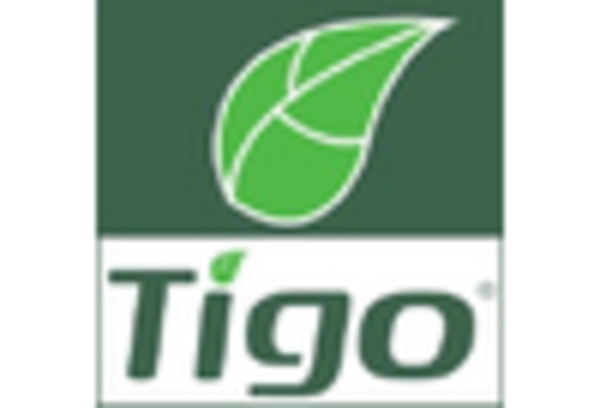








Leave a Comment